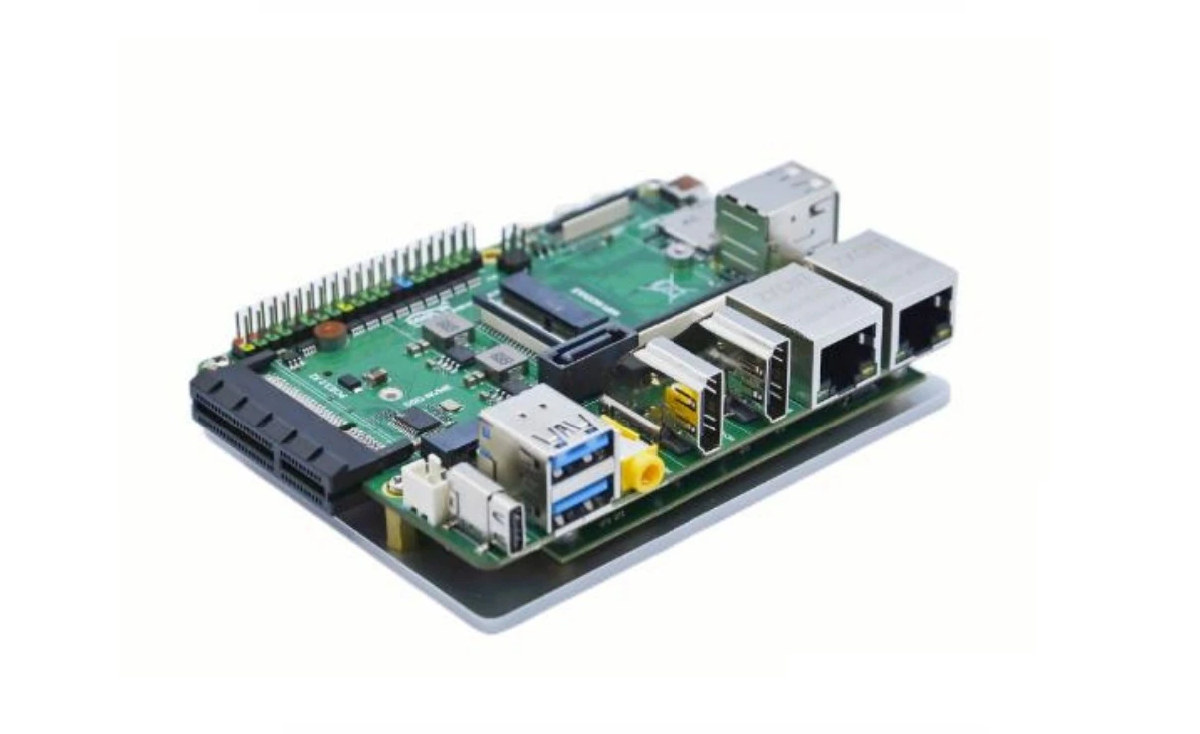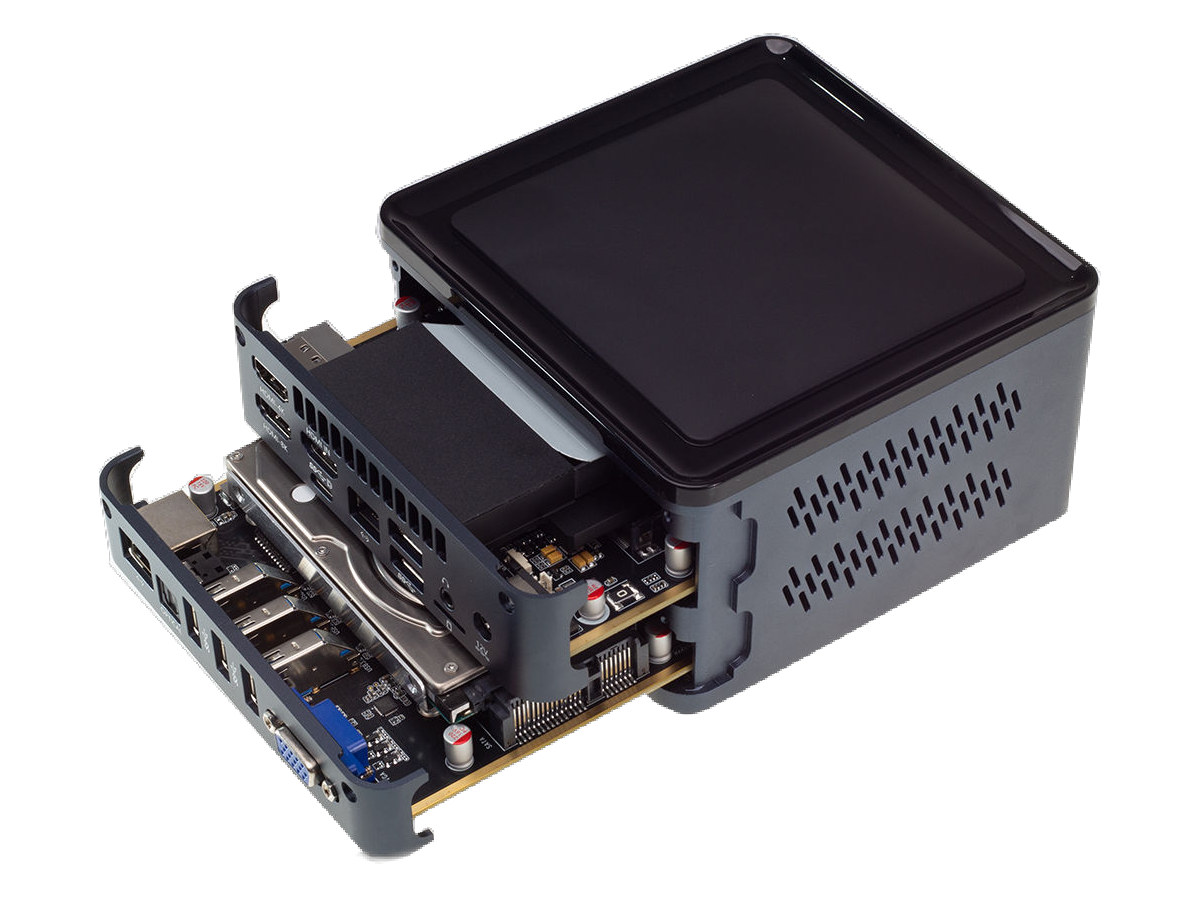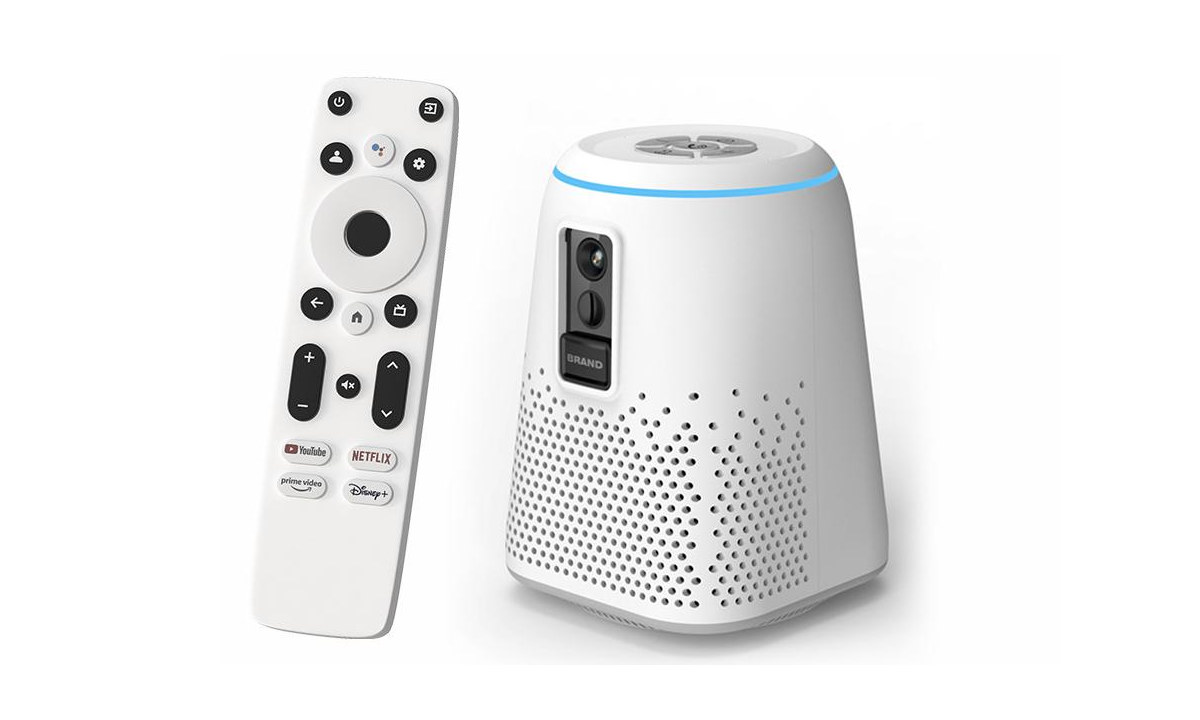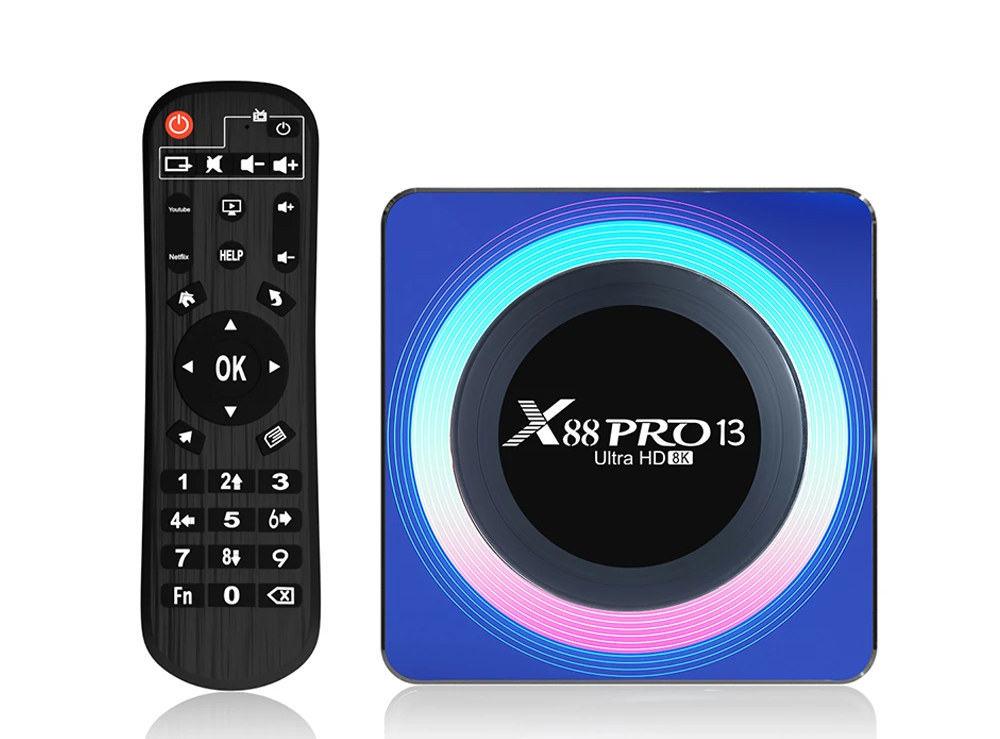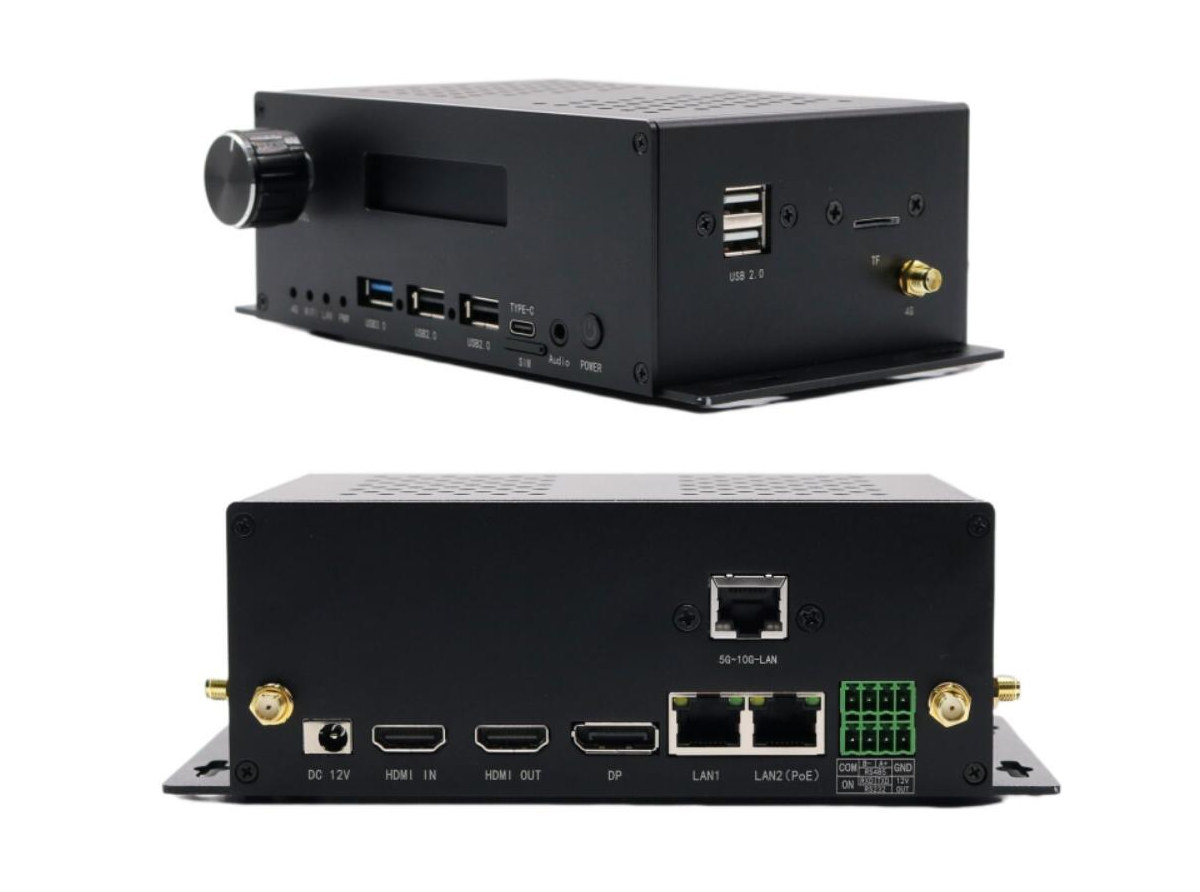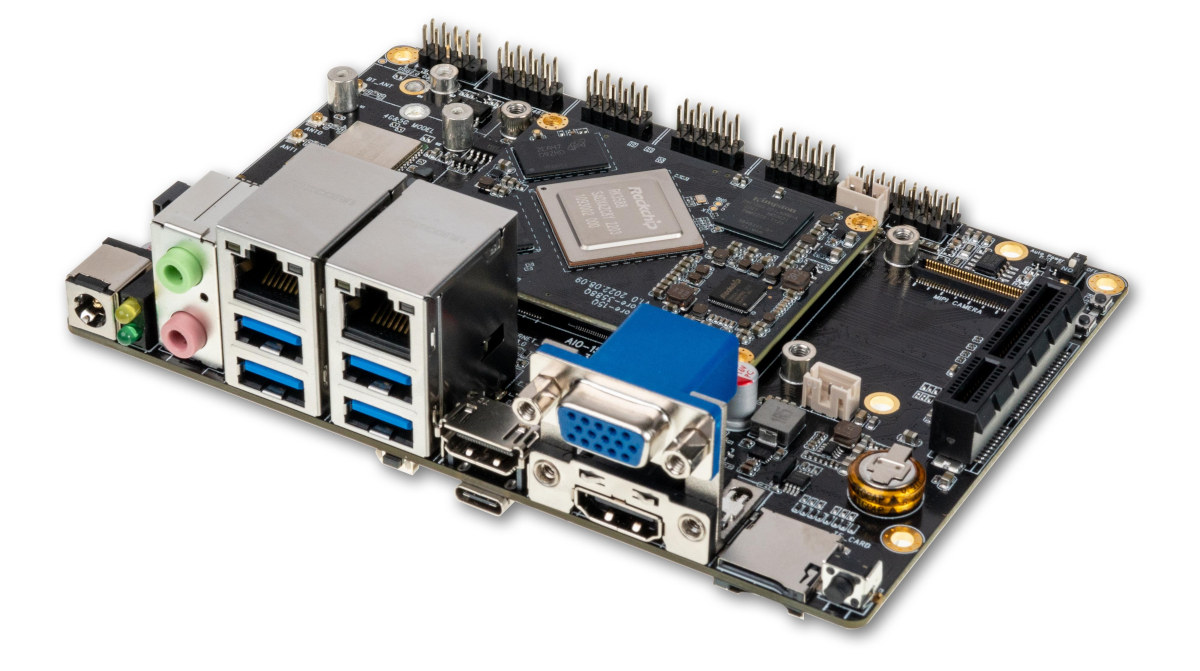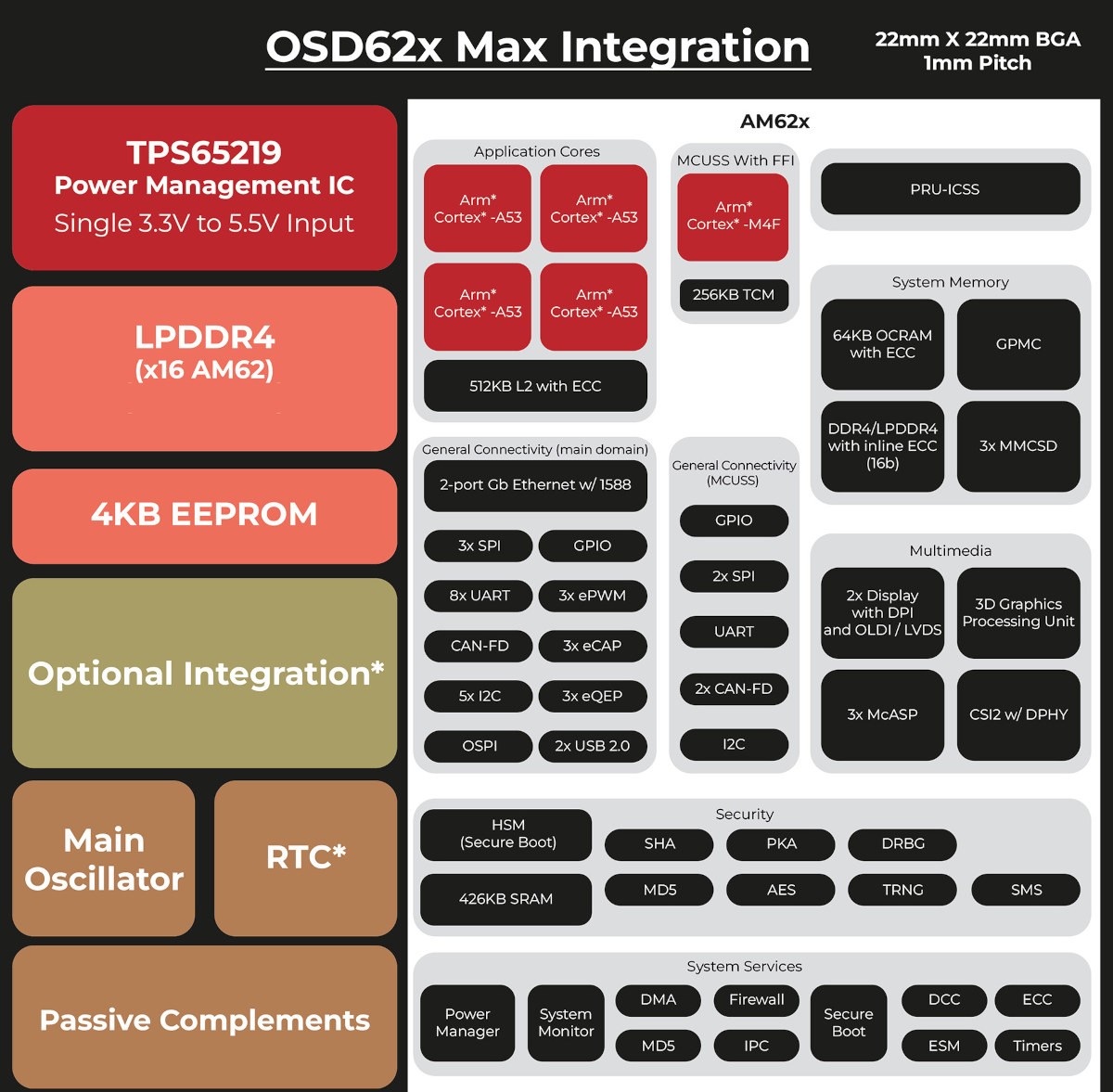The Linux Foundation has just announced the full schedule for the Embedded Open Source Summit, which will take place on June 27-30, 2023 in Prague, Czech Republic, as well as virtually starting on June 26. Over 175 sessions, birds of a feather (BoF) tracks, and workshops related to embedded and open-source innovation will be presented at the event itself comprised of six micro conferences: Automotive Linux Summit Europe, Embedded IoT Summit, Embedded Linux Conference, LF Energy Embedded Summit, Safety-Critical Software Summit, and Zephyr Project Developer Summit. Even though I’m not going to attend personally, I’ve gone through the schedule to create my own little virtual schedule with some sessions relevant that should be interesting to me and hopefully to CNX Software readers. Monday, June 26 (Virtual sessions) The first day of the event will have a Yocto Dev training in the morning, and a bunch of virtual sessions that are […]
Cool Pi CM5 evaluation board features Rockchip RK3588/RK3588J system-on-module
Cool Pi CM5 is a system-on-module based on Rockchip RK3588 or RK3588J (industrial temperature range) octa-core Arm Cortex-A76/A55 processor with up to 32GB RAM, 256GB eMMC flash, offered with a development board with dual GbE, two 8K HDMI 2.1 ports, a PCIe 3.0 x2 slot, M.2 NVMe and SATA storage, and more… At the end of last year, we wrote about the Cool Pi 4 as a much faster alternative to Raspberry Pi 4 SBC, and the company has now launched a Raspberry Pi Compute Module 4 and Radxa CM5 alternative with the Cool Pi CM5 MXM 3.0 system-on-module that they offer along with a feature-rich evaluation board (EVB). Cool Pi CM5 EVB specifications: System-on-Module SoC – Rockchip RK3588(J) octa-core processor with 4x Cortex‑A76 cores @ up to 2.4GHz, 4x Cortex‑A55 core @ 1.8GHz Arm Mali-G610 MP4 “Odin” GPU Video decoder – 8Kp60 H.265, VP9, AVS2, 8Kp30 H.264 AVC/MVC, 4Kp60 […]
Firefly Station P3D is a modular Rockchip RK3588 mini PC with swappable cards
Powered by the Rockchip RK3588 processor, Firefly Station P3D modular AI mini PC comes with two swappable layers, namely the top one with the main board and default ports such as two HDMI output ports, one HDMI input, Gigabit Ethernet, two USB 3.1 ports, etc…, and the bottom layer that can be configured with various ports depending on your specific application. The top layer is basically the new Station P3 mini PC with RK3588 octa-core Cortex-A76/A55 processor, up to 32B RAM, 256GB eMMC flash, an M.2 2280 NVMe SSD socket, and dual-band WiFi 6 & Bluetooth 5.0 plus all the ports mentioned above. Fire Station P3D specifications: SoC – Rockchip RK3588 octa-core processor with CPU – 4x Cortex-A76 cores @ up to 2.4 GHz, four Cortex-A55 cores @ up to 1.8 GHz GPU – Arm Mali-G610 MP4 quad-core GPU with OpenGL ES3.2 / OpenCL 2.2 / Vulkan1.1 support AI accelerator […]
Videostrong HC1 Home Care Hub for the elderly serves as Smart Speaker, Smart Home gateway, video phone
Videostrong HC1 Home Care Hub is a Smart Home/IoT gateway designed for the elderly that also serves as a smart speaker with 10-meter far-field voice recognition, a video phone with a video built-in camera and speaker, and a 4K Android TV box. The system is based on an Amlogic S905Y4 quad-core Cortex-A35 processor coupled with up to 4GB RAM and 64GB RAM, supports Ethernet, WiFi, Bluetooth, Zigbee, and LoRa, WiFi, and Bluetooth connectivity, and offers both HDMI 2.1 video output, and HDMI 2.0 video input. HC1 specifications: SoC – Amlogic S905Y4 quad-core Arm Cortex-A35 @ 2.0GHz with Arm Mali-G31 MP2 GPU with OpenGL ES 3.2 support System Memory – 2GB or 4GB RAM Storage – 8GB, 16GB, 32GB, or 64GB eMMC flash Video Output – HDMI 2.1 port up to 4Kp60 Input Built-in 1920×1080 camera with 90° wide angle, manual cover, adjustable angle HDMI 2.0 port up to 4Kp60 Audio […]
X88Pro 13 8K TV box runs Android 13 on Rockchip RK3528 SoC
Rockchip demonstrated the Rockchip RK3528 TV box SoC at Mobile World Congress 2023, and the first Android 13 TV boxes based on the processor are now showing up for sale starting with the LEMFO X88Pro 13 TV box. The device comes with up to 4GB RAM and 64GB storage, supports up to 8Kp25 video decoding, features Fast Ethernet and WiFi 6 networking, as well as a few USB ports, and possibly optical S/PDIF audio output. LEMFO X88Pro 13 (preliminary) specifications: SoC – Rockchip RK3528 CPU – Quad-core Arm Cortex-A53 processor GPU – Arm Mali-450 GPU VPU H.265/HEVC up to 8Kp25 H.264/AVC, VP9 up to 4Kp60 VP8, MPEG-1 MPEG-2, MPEG-4, VC1 up to 1080p60 System Memory / Storage configurations: 2 GB RAM and 16 GB flash 4 GB RAM and 32 GB flash 4 GB RAM and 64 GB flash A microSD card is most likely present too Video Output – […]
Rockchip RK3588 embedded PCs support PoE, 4G LTE, 10GbE, 2.5-inch SATA HDD, and more
Mekotronics R58X-Pro and R58X-HDD Rockchip RK3588 embedded PCs are updates to the company’s earlier R58X and R58X-4G mini PCs with features such as built-in PoE module, 4G LTE module, optional 10GbE M.2 PCIe 3.0 module, and a microSD card slot. The R58X-HDD also adds a 2.5-inch SATA bay for HDD or SSD, and the R58X-Pro implements a volume knob and a front panel display. Both R58X-Pro and R58X-HDD embedded PCs still come with up to 16GB RAM, 128GB eMMC flash, support dual 8K video output through HDMI and DisplayPort outputs, feature one HDMI 2.0 video input, two GbE ports, RS485 and RS232 interfaces, a few USB ports and more. Mekotronics R58X-Pro/R58X-HDD specifications: SoC – Rockchip RK3588 octa-core processor with four Cortex-A76 cores @ 2.4 GHz, four Cortex-A55 cores @ 1.8 GHz, an Arm Mali-G610 MP4 GPU, a 6TOPS NPU, 8K 10-bit decoder, 8K encoder System Memory – 4GB, 8GB, or […]
Rockchip RK3588M automotive-grade AI SoC supports up to 16 camera inputs
Rockchip RK3588M is an automotive-grade variant of the Rockchip RK3588 octa-core Cortex-A76/A55 SoC that supports at least 6 Full HD displays and 16 camera inputs and can simultaneously run the car dashboard, in-vehicle infotainment, a digital rearview mirror, headrest monitors, ADAS system, and more. The frequency of the Cortex-A76 cores is limited to 2.1 GHz, and the Cortex-A55 cores to 1.7 GHz, against 2.4 and 1.8 GHz for RK3588, probably to operate in a larger temperature range required by the automotive market. I could not find any RK3588M datasheet yet, but we can find more details through the Firefly AIO-3588MQ automotive mainboard built around the RK3588M processor. Firefly AIO-3588MQ specifications: SoC – Rockchip RK3588M octa-core processor with CPU 4x Cortex-A76 cores @ up to 2.1 GHz, 4x Cortex-A55 cores @ up to 1.7 GHz Arm Mali-G610 MP4 GPU with OpenGL ES 3.2, OpenCL 2.2, Vulkan 1.1 support 6 TOPS AI […]
OSD62x SiP combines TI AM62x processor with LPDDR4, EEPROM, PMIC, and passives into a single package
Octavo Systems OSD62x is a system-in-package (SiP) combining the Texas Instruments AM62x processor with LPDDR4 RAM, EEPROM, power management, oscillators, and passive components, plus optional features such as an RTC and an 8-channel ADC. At least that’s true for the OSD62x Max Integration SiP (22×22 mm BGA), but Octavo Systems also have a smaller 14x9mm package called the OSD62x Size Optimized with “just’ the AM62x processor, LPDDR4 memory, and passive components. OSD62x “Max Integration” specifications: SoC – Texas Instruments AM62x (AM623/AM625) CPU – Up to 4x Arm Cortex-A53 @ 1.4GHz MCU – Arm Cortex-M4F GPU – 3D graphics up to 2048×1080 @ 60 fps (AM625 only) Storage I/F – 1x eMMC, 2x SDIO, 1x GPMC Display I/F – 24-bit RGB MIPI DPI and OLDI/LVDS Camera I/F – 1x MIPI CSI-2 with DPHY 1.2 Networking – 2x 10/100/1000M Gigabit Ethernet with TSN support USB – 2x USB 2.0 interfaces PRU-ICSS Other […]



